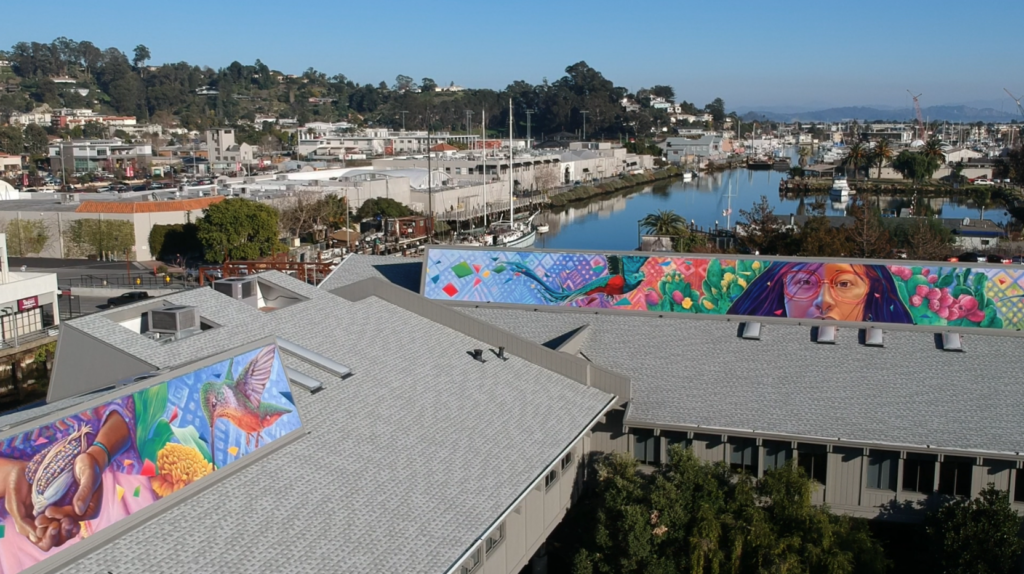Editorial: Marin organizations recognize importance of Canal neighborhood’s future
April 21, 2025

PUBLISHED: April 19, 2025 at 12:58 PM PDT
San Rafael’s Canal neighborhood – a longstanding pocket of poverty in our county as well as an important economic hub – has taken an important step toward a brighter and stronger future.
A collection of local public agencies and nonprofits have formed a coalition called the “Canal Promise Neighborhood Plan” with a goal of doing a better job of addressing the needs and future of this important community and its residents.
The initial task will involve, at first, taking a look at local programs and initiatives and identifying gaps as well as where they overlap or intersect. Among the next tasks will be collecting data detailing households and businesses in the Canal, their hurdles and needs, from education and health care to safety and economic security.
Today, the neighborhood is known for its mostly Latino immigrant population, many of its households facing economic struggles of getting by in high-priced Marin. That includes language barriers, overcrowding of the area’s apartments and a marginalization that creates a huge hurdle between them and Marin’s affluence and the opportunities it affords.
The neighborhood is also a hub of businesses and jobs that are important to our county’s economy.
We learned during the pandemic that many of the Canal’s residents perform what was then defined as “essential” jobs.
We also learned that striving to keep its residents healthy was important to public health across the county. The challenging job of getting COVID-19 vaccines to its population played a role in saving lives.
Omar Carrera, chief executive of Canal Alliance, the neighborhood’s leading nonprofit and voice, points to a need for “systemic change” – changes that could “empower” residents to participate in the initiative.
Effective outreach to include residents in the public dialogue will be an important foundation for this initiative. That’s going to take time, energy and commitment.
More than 10,000 people call the Canal home. Based on population, it is by far San Rafael’s largest neighborhood. If it were a city, it would be larger than more than half of Marin’s cities. It would also be the most densely populated.
Some of its Latino residents are a second or third generation of families who have made their homes here. Some lack documentation and although they may have been productive local residents for more than a decade, they could find themselves netted in the White House’s ambitious promise to deport undocumented immigrants.
That possibility – and its possible ramifications on schools, safety and education – is a good reason for local service providers to work together.
The initiative’s goal is to bring all parties together and break down existing silos in order to work together with a goal of serving the needs of Canal residents, lifting them up and providing them with the support to help them lift themselves up.
Grants from the Aspen Institute and the Marin Community Foundation are helping pay for the effort.
Such a community-based initiative, to be successful, needs to be inclusive. All stakeholders need to be engaged and encouraged to participate. Specific benchmarks, achievable goals – before and upon its completion – need to be established to help keep the plan on track.
It is clear that no single agency can do it all. There has to be cooperation and collaboration. In short, working together toward common goals.
At this step there is good reason for optimism that the development of a plan and the bringing together varied agencies to focus on common short- and long-term goals could create a model – a potential – for long-needed change.